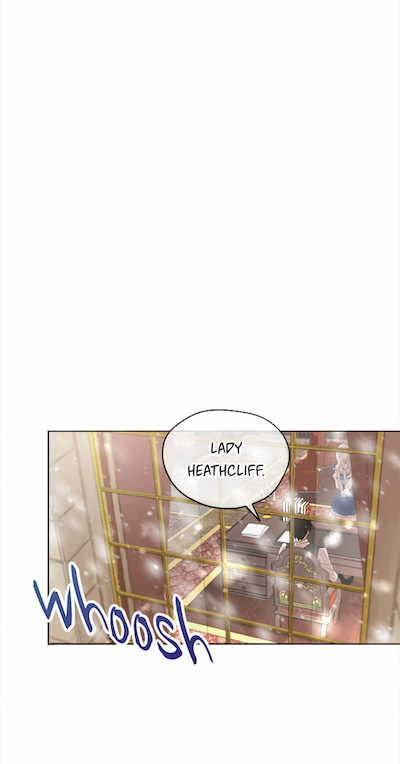Creating for Comics
I grew up in England on 2000AD, which is only really known for Judge Dredd this side of the pond, but host to a panoply of other fantastic characters. Its format - 4 to 5 stories a week of 6 to 7 pages each, with each story being part of a longer series that runs anywhere from 4 to 20 issues - is obviously very different (one might say more refined, if one was British of course…) from the traditional American model, and definitely had an impact on the digital first comics space…
What I loved was the “bite sized but binge worthy” approach to these stories. I would avidly collect each week’s issue, then go and buy the trades of specific series as soon as I could…as well as arguing, haggling and occasionally literally fighting to get my hands on a special edition.
Now that I’m a writer myself, I can appreciate all the more the precision that went into crafting these stories, and use its example as inspiration in the short form / digital space.
Obviously the first page in traditional comics is crucial as it, along with a cover page, are the first reasons we are giving people to open, peruse, and keep reading our books.
The examples below are of now famous series, and one can see how effective they are at instantly drawing readers into the story.
Ursula K Le Guin once said “First sentences are the doors to worlds”, and first images are the same.
The trick, of course, is to lure the reader into continuing to read, and having a mini cliff-hanger at the end of every page to compel them to continue is one of the challenges of writing great comics.
A benefit traditional comics writers have, of course, is that at least there is a complete page to work with. Even if a reader doesn’t actually skim the whole thing, they still get a good (or bad) impression of it, and that alone creates a compelling reason to keep going.
For those of us creating in the short form / mobile space, the challenge is that we don’t get the luxury of a whole page to attract a reader’s attention or even, often, more than a few seconds. We have to grab them immediately, and give them an instant reason to keep tapping or scrolling through the story we are telling.
In many ways, then, we are in film and TV world, where our opening image should be tied closely to our show’s theme, but ALSO be so compelling, appealing, intriguing and all sort so other “-ing” words that a reader done’s leave us in the lurch.
So that’s the challenge for week 1 of this series: look at first images, and then come and join us on Clubhouse Sunday night, 5pm PST HERE and let’s chat about them!
Much more to come, but until then
Onward!
Adam













